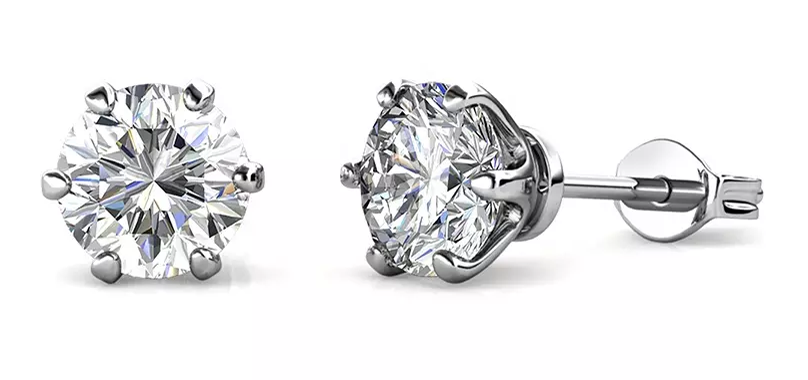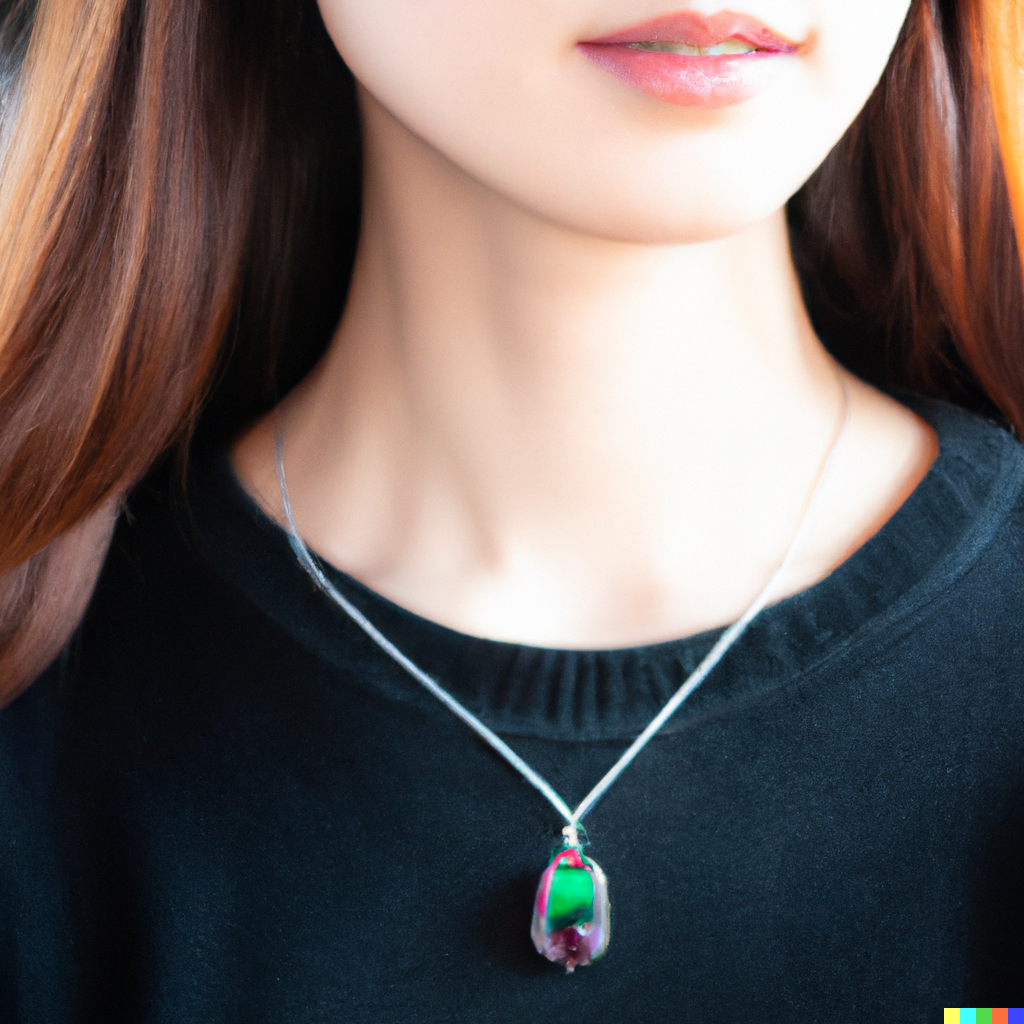Amethyst - the Birthstone of February
Amethyst is crystalline quartz in colors ranging from pale lilac to deep reddish purple. With a relatively high hardness of 7, the February birthstone is a fine facetable jewelry gem for all purposes and many of those can be found on SilverAndGold.com or while watching SNG TV. Lower grades of material can be cabbed, carved, and made into a great variety of beads and other ornamental objects. Value for amethysts depends almost entirely on color.

Siberian mines once produced the world’s finest stones. They featured a particularly rich purple color that glowed with red and blue flashes. Today the term “Siberian” no longer refers to origins. Instead, this is now a trade and grade term referring to colors similar to those of the amethysts mined in Siberia. SilverAndGold.com offers a great deal of Siberian Amethyst along with specialized styles from other parts of the world.

Although Siberian reigns atop the value listing, light-colored amethyst has enjoyed a resurgence in popularity. The lightest, pinkish violet shades are called “Rose de France,” a clever bit of marketing. The artistry of gemstone faceting can shine through these gems if given fancy and unusual cuts. While rare, Amethyst stones can also be carved and a variety of Amethyst stone carvings can be found on SilverAndGold.com.

Since amethyst is readily available in large sizes, its value per carat climbs gradually. Since this stone is plentiful, there is little reason to pay top dollar for pieces with visible inclusions or inferior cutting.
STATISTICAL DATA FOR AMETHYST
| Name | Amethyst |
| Is a Variety of | Quartz |
| Crystallography | Hexagonal (Trigonal) |
| Refractive Index | 1.544–1.553 |
| Colors | Pale lilac to deep reddish purple. May have color zoning. |
| Luster | Vitreous |
| Polish Luster | Vitreous |
| Fracture Luster | Vitreous |
| Hardness | 7 |
| Wearability | Very Good |
| Fracture | Conchoidal to uneven |
| Specific Gravity | 2.651 |
| Birefringence | 0.009 |
| Cleavage | None or indistinct |
| Dispersion | 0.013 |
| Luminescence | Inert to weak blue in SW. Inert in LW. |
| Luminescence Present | Yes |
| Luminescence Type | Fluorescent, UV-Short |
| Enhancements | Amethyst can be heat treated to improve the color or change it to citrine. Not common. |
| Typical Treatments | Heat Treatment |
| Transparency | Transparent to translucent |
| Absorption Spectrum | Weak band, 550-520 |
| Birthstone | February |
| Formula | SiO2 |
| Pleochroism | Weak to moderate, purple and reddish purple. |
| Optics | o = 1.544; e = 1.553 (very constant). Uniaxial (+) |
| Optic Sign | Uniaxial + |
| Etymology | From the Ancient Greek amethystos, meaning “not drunk.” It was believed you could drink all night and remain sober if you had an amethyst in your mouth. |
| Occurrence | Generally in pegmatites and veins. Found in geodes in alluvial deposits. |
| Inclusions | Prismatic crystals and negative cavities, thumbprint marks, so-called rippled fractures, and twinning lines. |






















Leave a comment